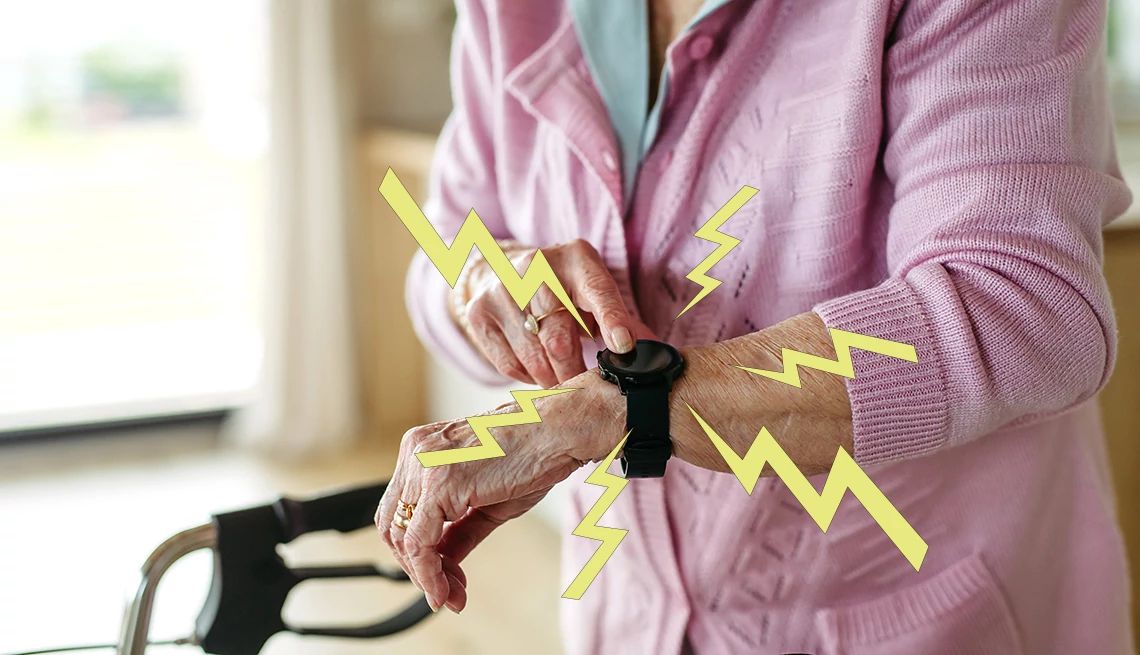AARP Hearing Center


If your loved one has Alzheimer’s disease or dementia, you may be seeing changes in their behavior in the late afternoon or early evening — a phenomenon known as sundown syndrome, sundowners or sundowning.
What are the signs of sundown syndrome?
According to the Alzheimer’s Association, as many as 20 percent of people with Alzheimer’s experience sundown syndrome. When your loved one has dementia (and some other conditions, as well), the approach of sundown can trigger sudden emotional, behavioral or cognitive changes. A 2023 study in the Journal of Alzheimer’s Disease found that of those who experienced sundowning, about half exhibited symptoms of agitation, irritability and anxiety. Other symptoms might include:
- Mood swings
- Sadness
- Energy surge
- Increased confusion
- Hallucinations
- Delusions
These may lead, in turn, to challenging behaviors like pacing, rocking, screaming, crying, disorientation, resistance, anger, aggression — even violence. Many people experiencing sundown syndrome feel the urgent need to go somewhere or do something, but they can’t always explain why.
For some, the behavior soon abates; for others it continues for hours. Some even flip their sleep schedules so they are wide awake all night and sleepy during the day.


Dementia Caregiver's Guide
The latest advice and resources to help you and your loved ones navigate a diagnosis.
What triggers sundown syndrome?
There are many theories about why sundowning happens, and the triggers seem to vary among people with dementia. For some, sundowning may be triggered by the dimming light — a sense that it’s time to change activities or “go home.” Evening and darkness may tap into fears of being unsafe and insecure.
Whatever the cause, seeing their loved one with these symptoms can be a nightmare for family members.
In what stage of dementia does sundowning occur?
Sundowning can occur at any stage of dementia, although many families observe the behaviors primarily in the middle stages of dementia and then subsiding as the disease progresses.
We first noticed sundown syndrome in my dad, who had Alzheimer’s, when he was in the disease’s moderate stage. Questions or observations that were occasional for most of the day — “What’s the plan?” “What should I be doing?” “We’d better get going!” — became more frequent, and more urgent, around 5 or 6 in the evening.
As the disease progressed, his symptoms improved, and I believe that’s at least in part due to a variety of techniques we used regularly to treat and manage sundowners.
What are the ways to treat, manage and reduce sundown syndrome?
1. Observe and minimize triggers
Watch for fatigue and other things that seem to bring on sundowning behaviors. Afternoon transitions and activities that you consider normal can be anxiety producing for your loved ones.



















































































More on Caregiving
Take Control, Remotely, of Your Parents’ Technology
When someone is struggling, you can assist from afarHow Therapeutic Fibbing Can Help Loved Ones with Dementia
Tactics to comfort and meet individuals in ‘their reality’
How to Manage 8 Alzheimer's- and Dementia-Related Behaviors
Finding the right solution requires sleuthing, calm compassion